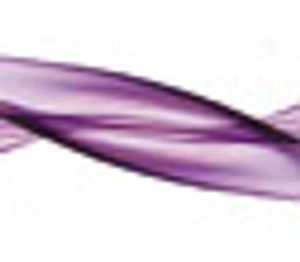
The enhanced separation power of two-dimensional (2D) chromatography has become accessible thanks to the commercialization of dedicated two-dimensional systems. However, with great separation power comes great system complexity. All two-dimensional systems require a means for collecting and transferring fractions of the first dimension to the second dimension typically via a loop-based interface in on-line methods. It is important to collect a sufficient number of fractions to prevent loss of the first dimension resolution; that is, the sampling rate must be sufficient to prevent undersampling. Another key parameter to consider is selectivity. By coupling two selectivities that have unrelated retention mechanisms we are able to exploit the different physiochemical characteristics of the sample we wish to separate. This is the concept behind the term orthogonality. By coupling orthogonal selectivities and reducing under‑sampling, our system should be able to achieve the theoretical maximum two-dimensional peak



